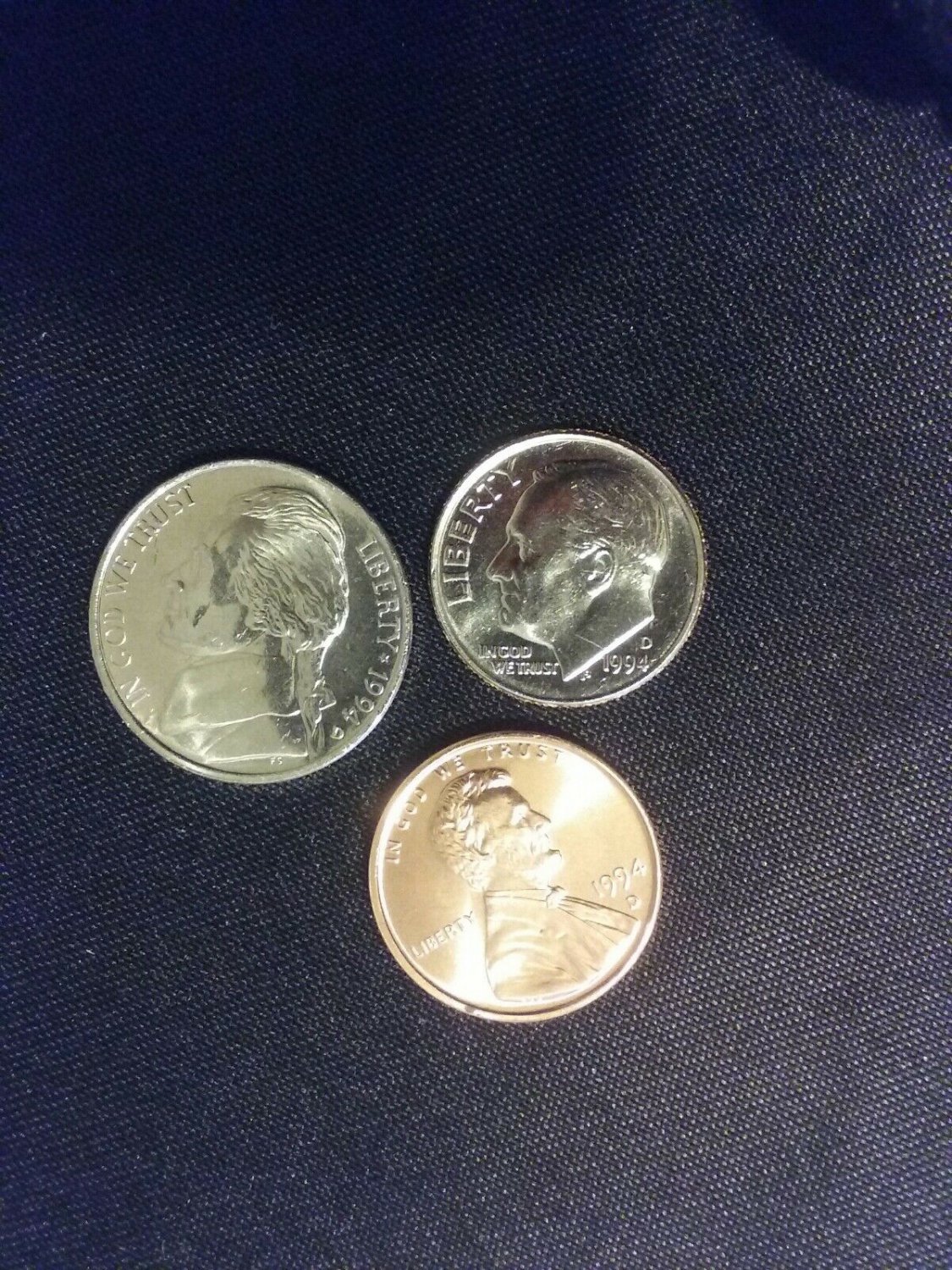


No: If the industry norm is to combine prices, as when family-oriented restaurants sell entrees with side dishes included, partitioning may be perceived as nickel-and-diming customers, even if the partitioned prices appear more attractive relative to competitors' prices. Online, but the cost of shipping a book to the store is typically included in the price of the book when the customer buys from a local Barnes & Noble retailer. Yes: For example, the cost of shipping a book to the customer is typically partitioned when a customer buys a book from Go to Decision 2.ĭecision 2: Given that the consumer will engage in comparison-shopping, do competitors partition prices? No: If the consumer has not yet committed to making a purchase from you, and is likely to comparison-shop, price partitioning is much more critical. Yes: If consumers have already committed to making the purchase from you, price partitioning will have less influence on their decisions. Given all this, a manager may ask which is the better approach: partitioning prices or combining prices? In this section we provide guidelines.ĭecision 1: Is the consumer already committed to making a purchase from you? In contrast to a strategy in which the same profit margin is expected for each price component, benefits-based price partitioning suggests that profit margins should be higher for components for which customers are less price-sensitive and lower for components for which customers are more price-sensitive.Ī Decision Framework for Benefits-Based Price Partitioning Recent research we conducted shows that customers are more price-sensitive for components that they feel provide them with less benefit (installation or shipping) relative to components they feel provide them with more benefit (auto parts or books). Another reason is to be up-front with consumers and avoid surprising them later with fees that may upset them, ruining customer goodwill.Ī Contingent Approach: The Strategy of Benefits-Based Price Partitioning One reason for combining prices is to avoid highlighting components such as shipping charges or a warranty. Keep It Simple: The Case for Combining Price Components Partitioning makes prices seem more transparent to consumers, potentially increasing their trust in the retailer and the perceived fairness of the transaction. Finally, a partitioned pricing strategy may help sellers avoid being blamed for high prices. Second, pricing components separately may favorably position a seller's products when consumers comparison-shop. First, consumers tend to focus on the base price they are quoted rather than the ancillary fees that boost the total price. Research suggests several reasons phone companies and other businesses might use a partitioned pricing strategy rather than a single combined price. 138.Nickel-and-Diming Customers: The Case for Partitioning Prices Förstner, in Metals in the Hydrocycle (Springer, Berlin, Heidelberg, 1984), p. Schechter, Laser-Induced Breakdown Spectroscopy: Fundamentals and Applications (Cambridge Univ. Significant differences between element concentrations in the three groups, corroborating published works, were observed and concentrations in each group are reported in this study. The Principal Component Analysis (PCA) discriminated between different sediment clustering them into three groups: G1 (1.25 mm–75 μm), G2 (75 μm–50 μm), and G3 (<50 µm). Our work has focused on the effect of granulometry on the relative concentration of inorganic compounds. It is within this framework that we propose to use the Laser Induced Breakdown Spectroscopy (LIBS) as a promising new technique for measuring trace metal concentrations of marine sediment samples. To avoid this, dredging operations are carried out regularly to restore correct functioning but also to present water quality managing the huge amount of dredged sediments and recycling them into building materials is a major challenge for the treatment of these sediments. The accumulation of sediment in the harbors hinders the easy movement of boats.


 0 kommentar(er)
0 kommentar(er)
